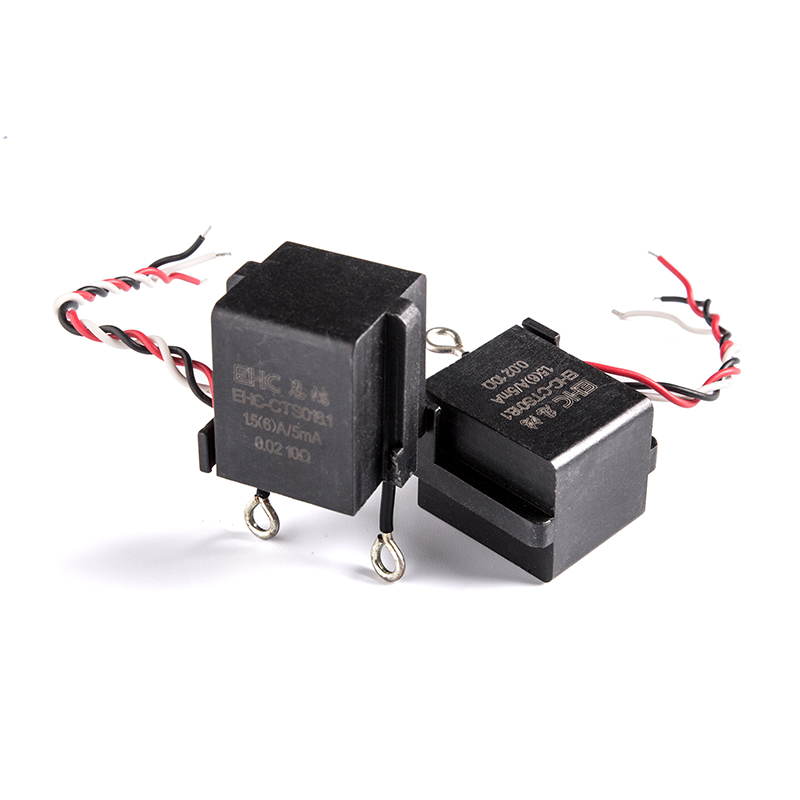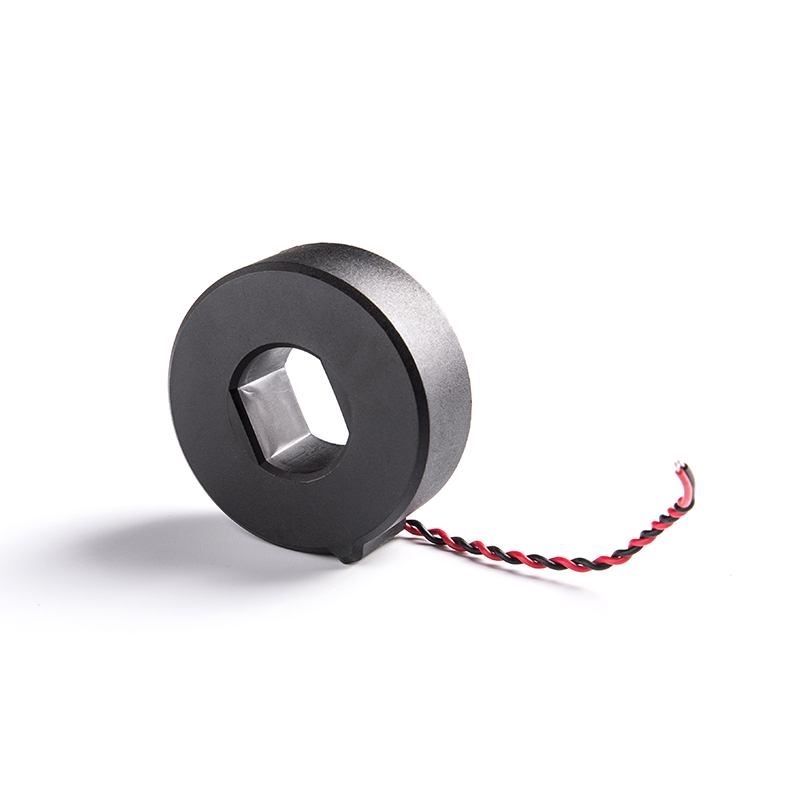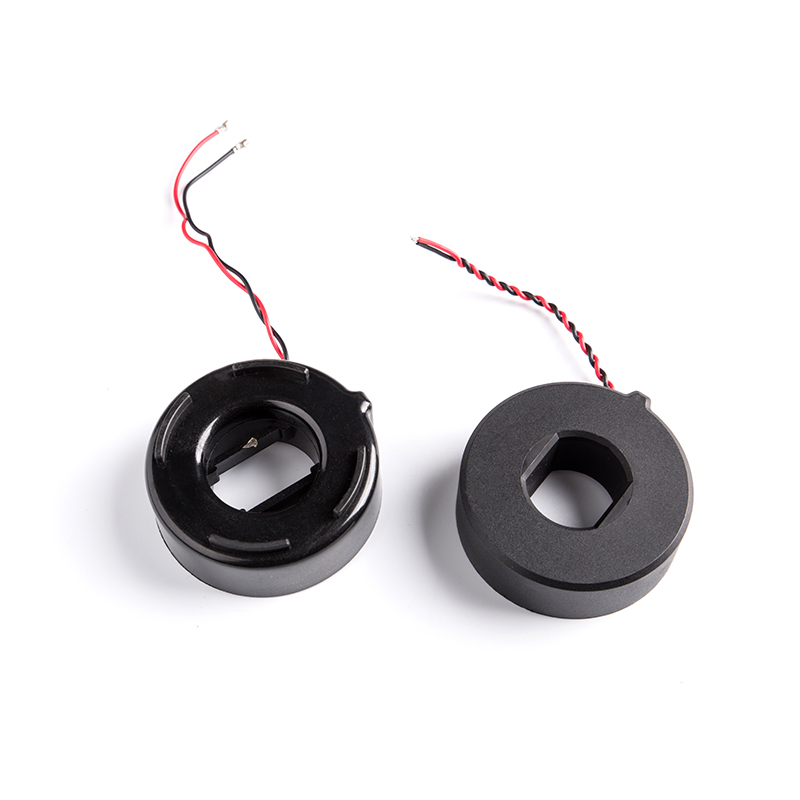Important Transformer Specifications
Different types of transformers and applications pay more attention to certain specifications. Some main transformer specifications include:
DC Winding Resistance - Winding resistance affects how magnetic components heat up during operation, especially in high power conversion systems, where significant power losses can occur due to Joule heating.
Switching Frequency Limits - When used for power conversion and regulation, transformers have some switching frequency limitations, depending on their parasitics and average power handling capability. Typical values for high current planar magnets are around 100 kHz to 1 MHz. There may also be duty cycle limitations as this will determine the average power consumption.
Winding Capacitance - Inter-winding capacitance and intra-winding capacitance will determine how noise is coupled through the transformer coil and how ESD pulses propagate through the coil. It also determines the switching frequency limit in the power regulator; lower capacitance corresponds to a higher switching frequency limit.
Leakage Inductance - This is the primary mechanism for reducing the strength of the magnetic field during operation. The magnetic field is not completely confined in the coil of the magnetic element, so the magnetic flux transfer between the primary and secondary coils will not be perfect.
Pri-sec Isolation - Isolation between coils is listed as a voltage value (pulse or DC). This is a measure of breakdown resistance between coils. In some transformers, the isolation voltage can reach the kilovolt level. This is important for the safety of isolated power systems, as this will determine the level of galvanic isolation that components can provide.
Mounting Methods - Board mounting methods include blade mount, SMD placement, or through-hole mount. The installation method will determine the transformer's ability to withstand mechanical vibration during operation.
Cooling method - Some transformers, such as planar transformers, are very compact and therefore difficult to cool by forced airflow. A cooling method can be specified so that heat can be dissipated through the package into a heat sink or circuit board. Some transformers can be mounted directly on the enclosure to provide maximum heat dissipation.
Collectively, these specifications will determine the voltage and current limits imposed on the component. They will also limit the suitability of a transformer for a particular design, so we categorize different types of transformers based on electrical application rather than power level. These points, along with isolation levels, should be compared to safety regulations or industry standards to ensure the design meets safety goals.
Common Transformer Types And Specifications
Recommended Products
-
 View More >>
View More >>
Non-Toroidal C-Type Cut Amorphous Nanocrystalline Cores
Industry: Amorphous Nanocrystalline Core
-
 View More >>
View More >>
EHC-VCT Series for Power supply
Industry: Current Transformer
-
 View More >>
View More >>
Transformers Cores Amorphous Nanocrystalline Cores
Industry: Amorphous Nanocrystalline Core
-
 View More >>
View More >>
Amorphous Nanocrystalline Inductor Cores
Industry: Amorphous Nanocrystalline Core
-
 View More >>
View More >>
CTS Series Terminal High Precision Amorphous Nanocrystalline Current Transformers
Industry: Current Transformer
-
 View More >>
View More >>
Rectangular hysteresis loop Cores
Industry: Amorphous Nanocrystalline Core
-
 View More >>
View More >>
High Linear Current Transformers
Industry: Current Transformer
-
 View More >>
View More >>
Common Mode Choke Amorphous Nanocrystalline Inductors
Industry: Amorphous Nanocrystalline Inductors

 English
English 中文简体
中文简体 Deutsch
Deutsch 日本語
日本語

